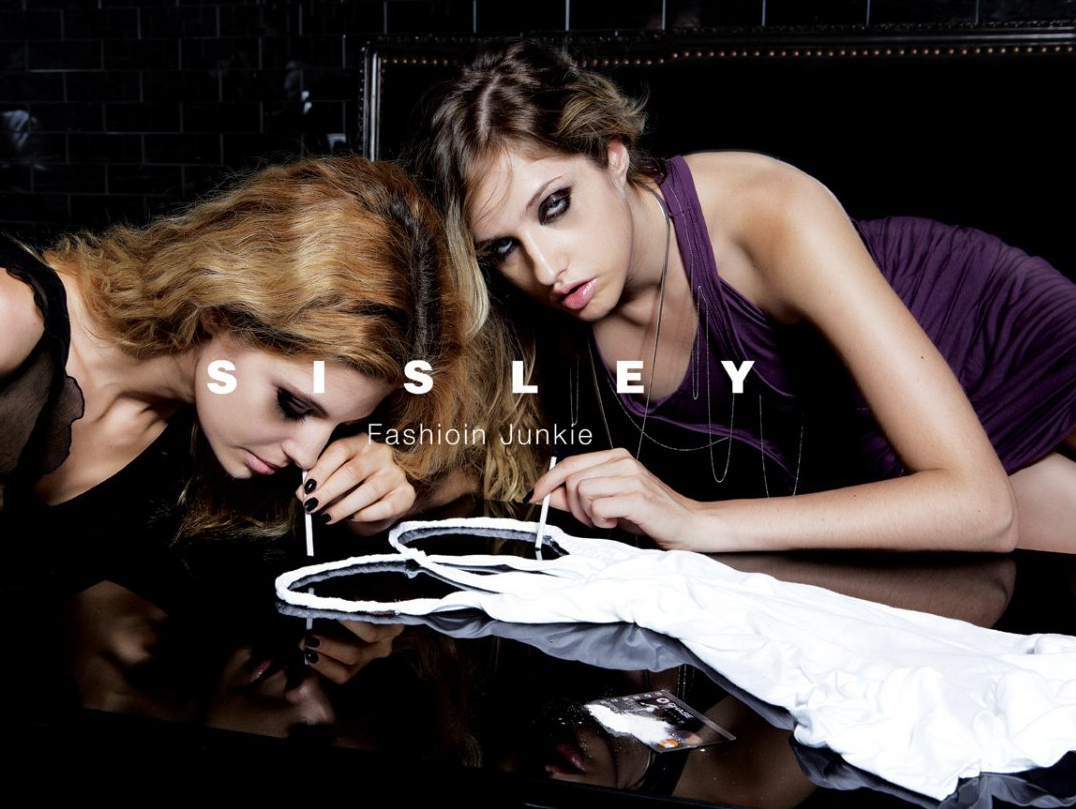Creative Thinking
Why Shockvertising Is So Good at Impacting Our Behavior
By Nicola Brown on April 22, 2016
WARNING: THIS ARTICLE CONTAINS INSIGHTS INTO HOW OUR BRAIN HANDLES GRAPHIC CONTENT
One glance behind the convenience store counter reveals the packets that we most often associate with graphic content: cigarettes.
Smokers are constantly bombarded with graphic images and text that try to dissuade them from smoking. Warnings run the gamut from lung disease to stroke, cancer, and death, communicated through everything from blunt slogans to disturbing images. Shock advertising, or shockvertising as it's known, is intended to deliberately startle or offend viewers by violating social norms and personal ideals. It's designed to break through the advertising noise.
But does it work? What's actually happening in our brains when we view graphic content, and how does it impact (if at all) our behavior?
Your Brain on Shock and Awe
According to a recent study in the Journal of Advertising Research, shocking content used to elicit behavioral change related to AIDS and HIV significantly increased attention, memory, and positively influenced behavior. Interestingly, a difference between fearful content and shocking content highlights the mechanism that leads to increased cognitive processing for shock advertising.
Shocking content-in this study using swear words and partial nudity to communicate a message-elicited a sense of surprise because it violated a social norm, whereas fearful content-a compelling message about shortened lifespan-did not violate any social norms. However, both fearful and shocking content led to the same amount of behavioral change in participants within the scope of the study.
Another study, published in February 2016, takes findings one step further by using brain scans. With functional magnetic resonance imaging (fMRI), researchers were able to look at exactly which areas of the brain were active during the viewing of graphic versus non-graphic content related to cigarette packs. They found that both the amygdala, an area responsible for emotions, and the medial prefrontal cortex, an area involved in higher-order cognitive processing, were both active during the viewing of graphic content. Significantly, these areas have been noted in other studies to be involved in impacting future health-related decisions and attitudes.
Essentially, the powerful emotional reactions we tend to have to graphic content may have a much more long-lasting effect than fearful or informational content alone. The feeling of shock may imprint itself more permanently on the mind and lead to more effective long-term behavioral change.
Can We Go Too Far?
It's good to know that the effectiveness of graphic content has been confirmed scientifically. But one important question for marketers to consider is: Can we go too far with shockvertising? Some instances of brands using shockvertising have met with significant backlash from the public. It's one thing to grab viewers' attention, but sometimes graphic advertising can end up undermining a brand's reputation.
One sector where shockvertising is often employed to good effect is for public policy issues and non-governmental organizations (NGOs). Presenting an issue in a graphic or shocking way can prompt people to re-evaluate what they thought was the norm, creating a state of cognitive dissonance (they thought the world was one way, but now they're seeing it presented differently, which creates mental tension and a desire to resolve that tension), and thereby engendering the motivation to correct it. For many NGOs, this means donating money or modifying bad habits. But even here shockvertising can go wrong when it goes too far.
In 2008 advertising agency DDB Brazil ran a small campaign in a local newspaper for World Wildlife Fund (WWF). The image was an aerial shot of New York with a multitude of airplanes in the sky "aimed" at the city with the slogan "the tsunami killed 100 times more people than 9/11."
Understandably, when word got out beyond Brazilian borders it evoked international outrage and a PR disaster for DDB. They got the shock value they were looking for, but they crossed that all-important invisible line.
Another lesson here? Don't publish anything you wouldn't be OK with the rest of the world seeing. It's 2016, and the internet does not observe many boundaries.
But shockvertising isn't just used to rally people around good causes, and this is where things get even slipperier. Using shockvertising just to grab attention can create erroneous associations with uncomfortable or negative feelings and your brand. It makes sense if you want people to dislike cigarettes, but it doesn't make a lot of sense if you want people to like your clothing.
Italian fashion designer Sisley ran a series of ads in China with the tagline "fashion junkie," which featured models looking thoroughly intoxicated seemingly snorting clothing off tables.
Likewise, the backlash was widespread. Who thought that would be a good idea?
Lost in Translation: When Cognitive Complexity Takes the Message Out of Your Hands
In an insightful paper from 2014, researchers shed light on why shockvertising can go so drastically wrong and why we ought to be incredibly careful about the creative design of our campaigns. Using Conceptual Blending Theory, they describe the act of processing a shockvertisement as having to blend two different concepts in mind to derive a third meaning that is being hinted at by the ad. For instance, in the WWF campaign, the image of New York surrounded by planes must be combined with the text talking about the tsunami. The intended underlying message is that we should be concerned about the degree to which natural disasters indicate a devastating problem for the health of our planet. Unfortunately, another meaning that gets activated is that 9/11 was insignificant in comparison.
It's much easier to cross the line in shockvertising because the conceptual possibilities span a much wider space than ordinary advertising, and they're bound up in very strong emotions. There is more scope for interpretations that diverge from your intended message.
Two Heads Are Better than One
Given the complexity inherent in using shockvertising effectively, there are several important takeaways that the science hints at for storytellers and content marketers:
- First decide if your brand and your message would best benefit from shocking content or if there is a less risky route to consider.
- Don't work in isolation. Have a bigger team work on crafting your message so it better reflects what the general reaction might be.
- Use focus groups to test your messaging before it's released to the public.
- Don't assume that your target audience will be the only ones to see your message.
Shocking content can be very effective when handled carefully. Understanding how the brain processes these types of messages is the key to accurately navigating your creative design. For more insights into the intersection of neuroscience and content marketing, subscribe to the Content Standard Newsletter.




